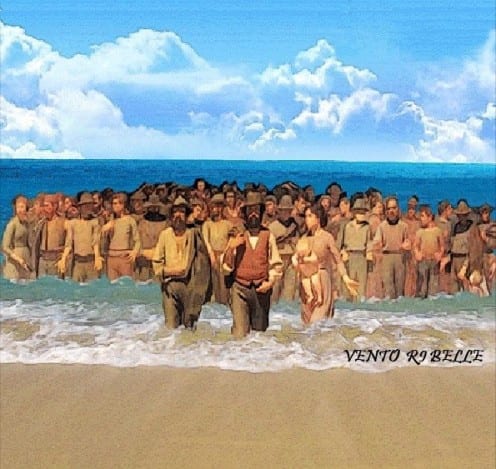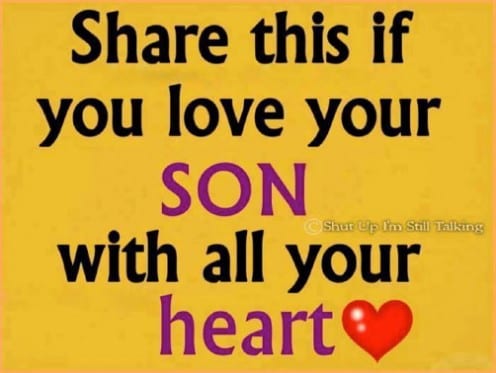
Photo by Shriram Venkatraman
Most of us on social media have noticed the static advertisements that are displayed on the side panels or the advertisements that intrude upon the videos we watch on Youtube. While some choose to ignore them some view them as an irritating factor that impinges on their personal space/time, and while some see them as distracting to say the least, for others they may be informative. The views are as myriad as the advertisements themselves, and are relative to the social context of the viewer.
However, this post is not about the different kinds of advertisements that get displayed on social media, nor is it about any kind of advertising strategy. My aim is simply to illustrate a finding, namely how advertisements on social media can transform the norms of consumption and shopping for the lower socio-economic classes in some societies by acting as a gateway to online shopping.
Let’s explore the case of how advertisements on Facebook have driven young men from the lower socio- economic classes in Panchagrami, South India, to explore the world of online shopping, and thus escape from subtle discrimination and embarrassment they sometimes face in shopping malls.
The young men of lower socio-economic classes in my field site have a fascination with online shopping. Though, most of them are school dropouts, one investment in particular that appeals to them is a smart phone with a 3G data pack. Access to Facebook or WhatsApp isn’t too far for these youth, as this becomes a natural extension of a 3G connection.
Other than socializing on Facebook, another significant aspect of their activity on Facebook is clicking on the different advertisements, specifically those which display colourful clothes, shoes or hi-tech phones. While at the beginning most did not know how to buy from these e-shopping sites, they didn’t have to look far to find informal tutors to advise them. Most of these tutors were educated IT employees who hailed from the same area and were childhood friends of theirs.
While it may seem as though their shopping on these portals is just a natural extension of them being on the internet or on social media, this turn to online shopping has much deeper facets that require attention.
Why Online Shopping?
While most online shopping still requires plastic money (credit/debit card), the Indian e-shopping portals offer a cash payment model known as ‘cash on delivery’ which perfectly fits the cash economy that dominates this demographic. They don’t have credit cards and some don’t even have a bank account. This model lets them choose and buy products online, then pay in cash only when they receive the products at their doorstep. This service gives them access to things from t-shirts to trousers to slippers etc. through these portals, without the hassle of owning a credit card.
Using e-shopping portals gives them an opportunity to experience better service and feel important. This was of particular importance because of the way they were treated by salesmen in malls who would look down at them when they asked too many questions, or if they asked for choices before they had made a selection. They also felt that, because of their skin colour, salesmen assumed that they could use their power and expertise to force products that they would never have chosen.
They very often said that they felt helpless and like fools when they walked out of a store. They also often felt too intimidated and embarrassed to visit upscale showrooms, and often felt out of place. The salesmen often just assumed that they weren’t worth his or her time because they didn’t see them as a potential sale. So, when they would ask questions, the salesman would obfuscate rather than waste their time.
However, this didn’t happen on e-shopping portals. It patiently showcased anything they wanted or even aspired for. Even though they had enough cash, a salesman always got irritated with them, but e-shopping portals didn’t.
Further, anything you asked for came to your doorstep rather than having to go out looking for it. In addition to convenience, this service has allowed them to showcase their power and status in ways that they previously could not.
The availability of cheaper products on these portals also allows them to consume products specifically intending to give them as gifts to their kins. This gift giving through buying things online automatically builds status among their social circles as well.
However, when it came to buying electronics, like smart phones, they preferred a showroom environment so that they could feel the phone before investing in it. They still used the e-shopping portals to compare models, before going to a showroom. Let’s suppose they want a Sony or HTC phone, first they go to the e-shopping portal and compare the visual features, then ask their IT friends to help them with the features, then they compare prices and look for other models and the associated visuals and features, then, finally, go to Youtube to watch videos of how the phone works. They go back to evaluate the number of stars (gold stars) the phone has received on the e-shopping portal. Finally, they decide on the model they want and go to a showroom in Chennai to get the phone.
Given that they are now equipped with knowledge regarding their intended product for purchase, they are more confident when it comes to shopping in mall showrooms and don’t feel intimidated with either the ambience or the salesmen. They often felt that they knew more than the salesmen after this process of acquiring knowledge about the phone through social media.
In other words the collective social knowledge that social media offers, transforms their shopping experience itself, from just being a passive buyer to an assertive consumer, who wouldn’t be put down so easily.
Such experiences have led them to click on more advertisements, as they realize that it was these advertisements that actually offered them a window to a new shopping experience.
Filed under Anthropology, Business, Culture, Gender, India, Low income, Sharing our findings
Tags: e-shopping, Facebook, India, Lower Socio-Economic class, Malls, Sales, Salesmen, shopping, smart phones, Young Men, youth, YouTube
1 Comment »

 Close
Close


















